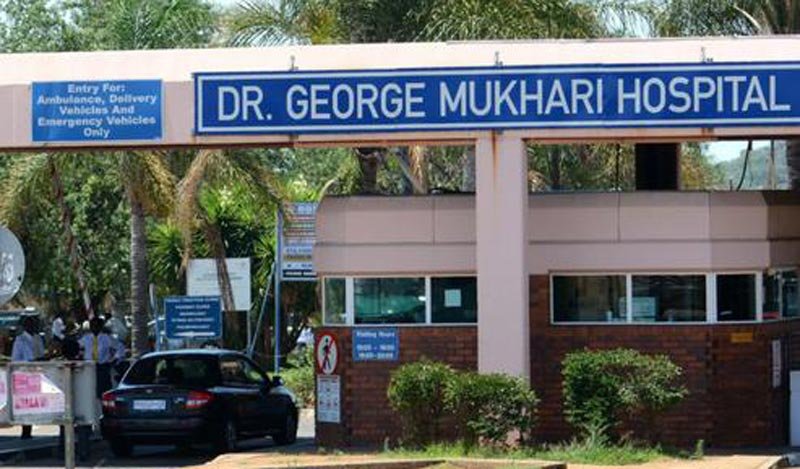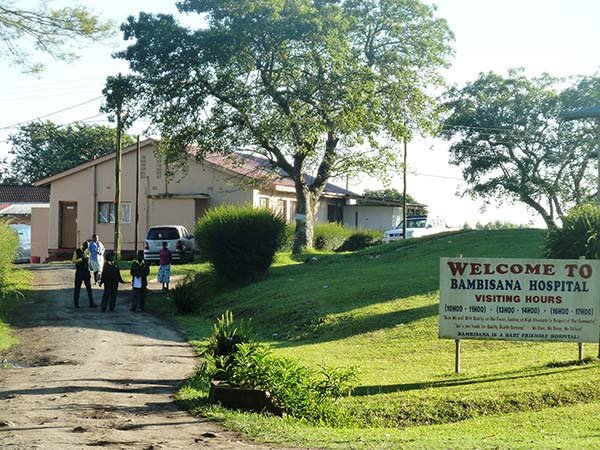Coronaviruses are Group IV +sense ssRNA virus. They are spherical with pleomorphic enveloped particles. The envelope is studded with projecting glycoproteins, and surrounds a core consisting of matrix protein enclosed within which is the RNA associated with nucleoproteins. The envelope glycoproteins are responsible for attachment to the host cell and also carry the main antigenic epitopes, particularly epitopes recognized by neutralizing antibodies.

COVID-19 stands for Coronavirus Disease discovered in 2019, an Infectious zoonotic disease caused by the virus strain “severe acute respiratory syndrome coronavirus 2” (SARS-CoV-2) that infects humans and causes several acute respiratory stress syndrome. The disease was first identified in 2019 in Wuhan, China, and has since spread globally, resulting in the 2019–20 coronavirus pandemic. Statistically, a total of 860,696 cases have been confirmed globally, 178,537 recovered cases and 42,352 deaths have been recorded. With USA having the highest confirmed cases in the world at 188,592 with Italy, Spain and China following after at 105,792, 95,923, 81,554 cases respectively, as at 08:02 GMT, 1st April, 2020 with an average death rate of about 1.38% globally.
The Degree of its spread has been said to increase exponentially. Hypothetically, say a person having this virus can infect three people. However, a chain reaction occurs as these three people individually infect another 3 people making a total of 9 then 27, 81, and so on. Taking all the necessary precautions and protective measures could help us limit the spread of the virus.
MODE OF TRANSMISSION
Two major routes of entry of this virus into the body have been discovered which are
• Through the Respiratory tracts; as the virus can transfer through air droplets that is let into the air when an infected(symptomatic or asymptomatic individual) sneezes or coughs directly into the air and it is being inhaled by an uninfected individual.
• Spread from contact with contaminated surfaces or objects. It may be possible that a person can get COVID-19 by touching a surface or object that has the virus on it and then touching their own mouth, nose, or possibly their eyes.
It is not certain how long the virus that causes COVID-19 survives on surfaces, but it seems to behave like other coronaviruses. Studies suggest that coronaviruses (including preliminary information on the COVID-19 virus) may persist on surfaces for a few hours or up to several days.
Whichever route of entry taken, when the virus gets into the respiratory tract, it attacks the alveoli through a series of actions eventually leading to alveoli collapse which impairs the alveoli membrane for allowing gaseous exchange leading to a decrease in gaseous exchange which is also known as shortness of breath.
The period between the point of infection until the patient starts to develop symptoms, known as the Incubation period, for this virus has been said to be about 4-14 days. Even at this point when an individual is asymptomatic he/she could still transmit the infection to other people.
About 8 out of every 10 people who become infected may not need any special treatment, but the risk of a severe illness increases with age and also with the presence of several underlying medical conditions like asthma, diabetes or heart diseases.
SYMPTOMS
The symptoms of COVID-19 include :
• Fever
• Tiredness
• Dry cough
• Difficulty in breathing among others.
DIAGNOSIS
When a suspected patient is taken to an health care center, under appropriate conditions,
• The procedure for testing for COVID-19 involves inserting a 6-inch long swab (like a long Q-tip) into the cavity between the nose and mouth (nasopharyngeal swab) for 15 seconds and rotating the swab several times. The swabbing is then repeated on the other side of the nose to make sure enough material is collected. The swab is then inserted into a container and sent to a lab for testing, as explained by University of California, Davis (UCDavis)
• Run a flu test to be sure it’s not just influenza.
• Molecular test: Run a RT-PCR amplification test or Nucleic acid amplification test to confirm the presence of the virus.
This generally takes few days but a country like South Korea has developed a means to get results in few hours to prevent long waits and isolation in the hospital.
TREATMENT
There is no specific treatment for disease caused by the novel coronavirus. However, many of the symptoms can be treated and therefore treatment is based on the patient’s clinical condition. Development of vaccines and a cure are currently under study and due to the appropriate processes required for the approval of a drug it might take about a year and half before we get these vaccines or cure.
However, some recent developments has shown that Hydroxychloroquine especially in combination with Azithromycin(an antibiotic) have shown positive results in infected patient, as it is said that Chloroquine works by preventing replication and the binding of the virus to human cells. We must note that Hydroxychloroquine has not been approved as a drug to treat this infection and people are to be careful because of the risk of complications due to Chloroquine toxicity.
Remdesivir is an experimental antiviral agent made by biotech firm Gilead Sciences, this has been tested in the US, China and Italy. It works by inhibiting the “RNA polymerase machinery” which is needed for replication by many RNA viruses.
Favipiravir also known as Avigan, has been tested in Japan and it has shown to shorten the days until recovery in many patients. In a study to test its effectiveness, patient placed on Favipiravir spent 4 days before recovery and patient who are not on Favipiravir spent 11 days before recovery. Nevertheless, a lot of studies and researches must still be carried out before these drugs can be approved for clinical use. However they are used on “compassionate basis” for critically ill patients.
Convalescent plasma therapy is also another aspect of treatment that is to be introduced when immune components in the plasma of a recovered patient is injected into an infected individual. This is not yet widely practiced and it is usually only administered to critically ill patients.
HOW TO PROTECT YOURSELF FROM CORONAVIRUS NOW
It’s not a good idea to rely on a vaccine to stop the spread of coronavirus because that’s many months away. The best way to stop the spread, right now, is to continue practicing good personal hygiene and to limit interactions with others.
According to WHO, You can protect yourself in the following ways:
• Washing your hands frequently
• Avoid touching your eyes, mouth and nose.
• Cover your mouth and nose with your bent elbow or tissue when you cough or sneeze.
• Avoid crowded places as much as possible.
• Social distancing should be adopted, stay more than 1m (3feet) from sick people.
• Stay at home if you feel unwell even with a slight fever and cough. If you have a cough and difficulty in breathing, seek medical attention early.



